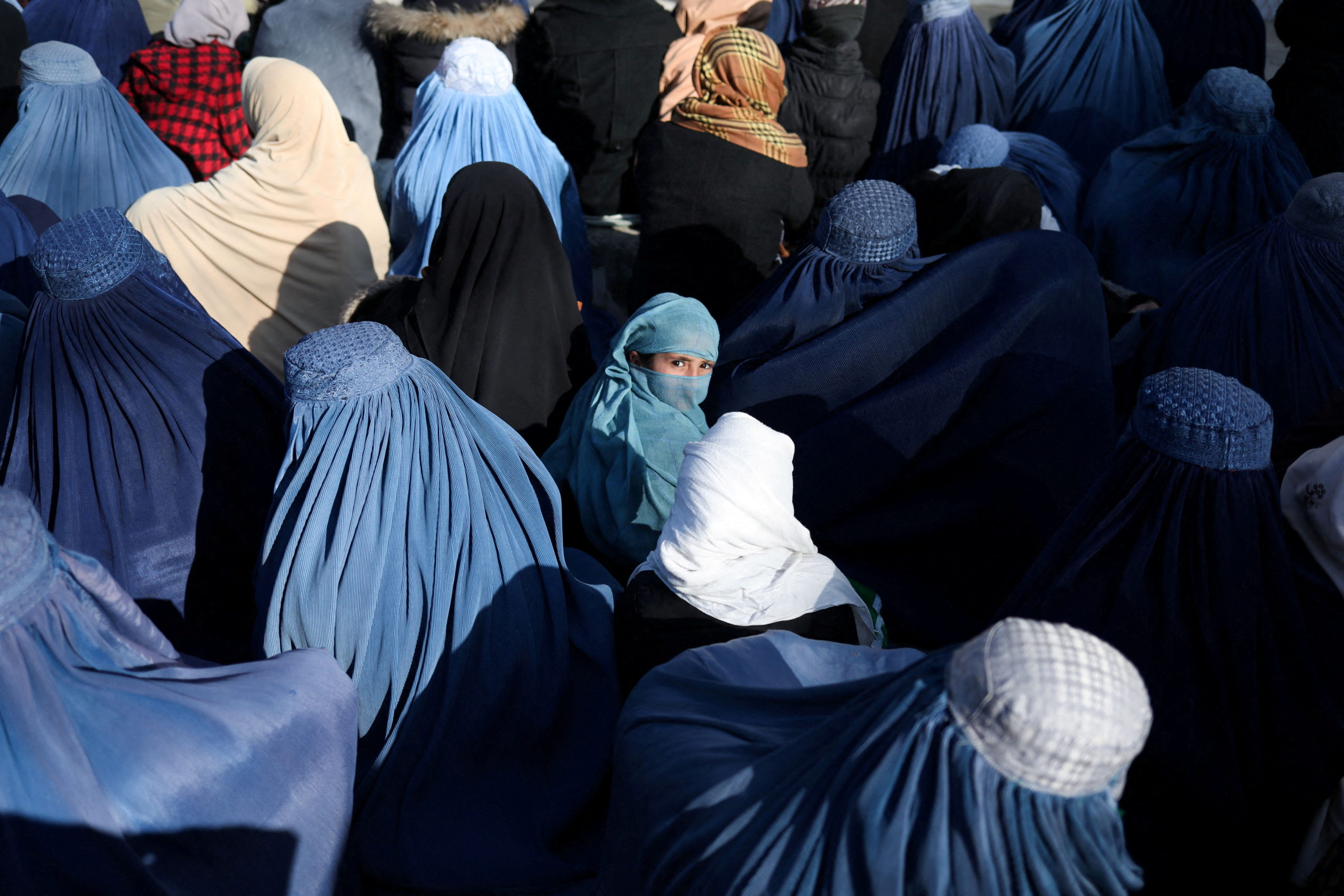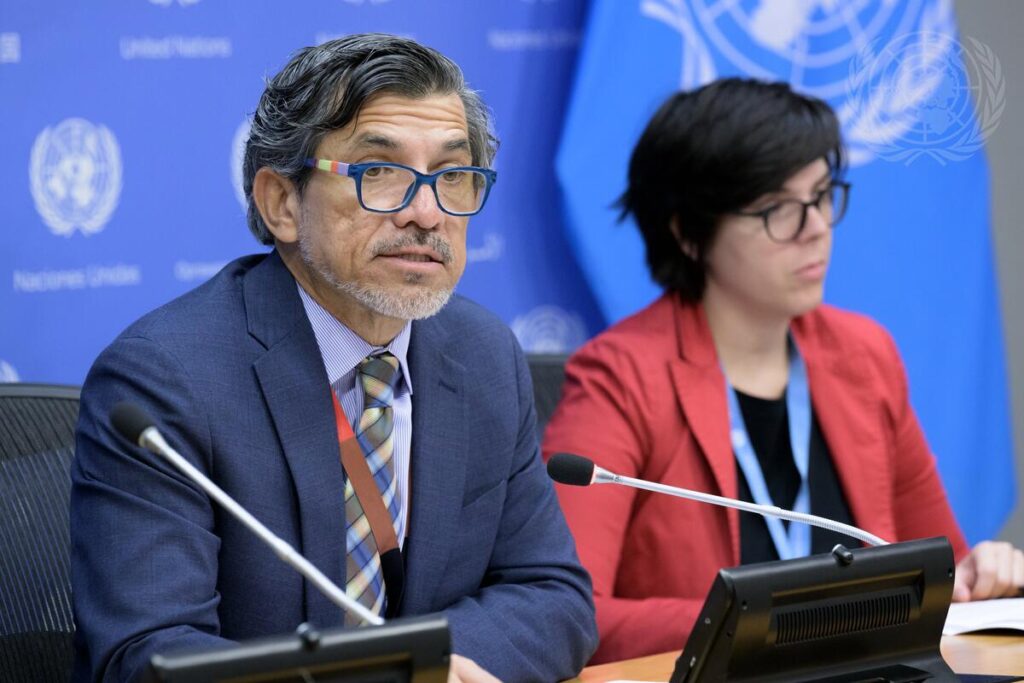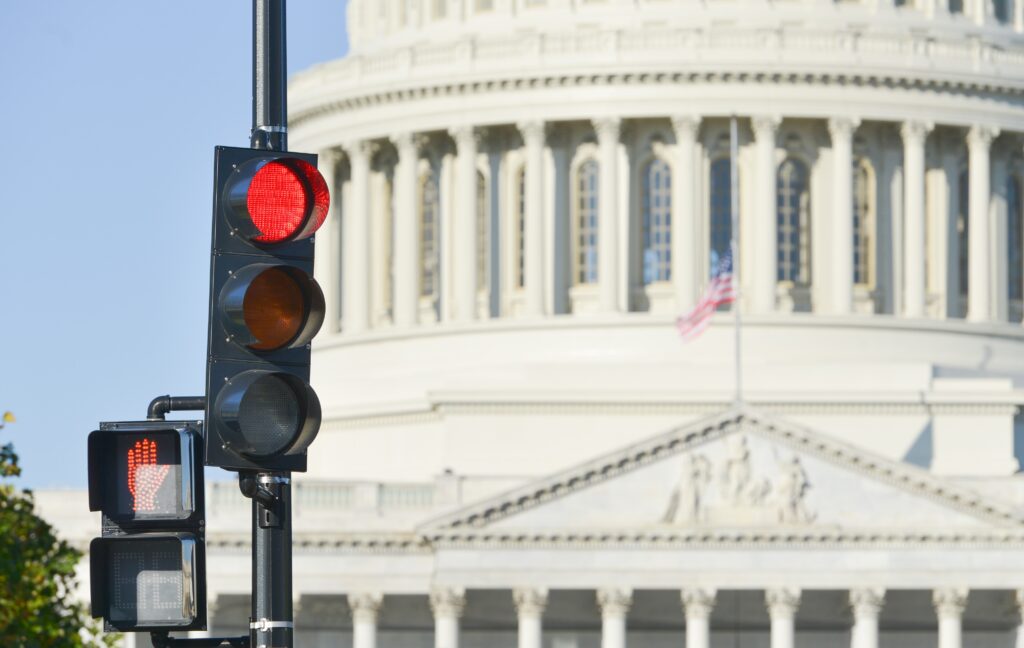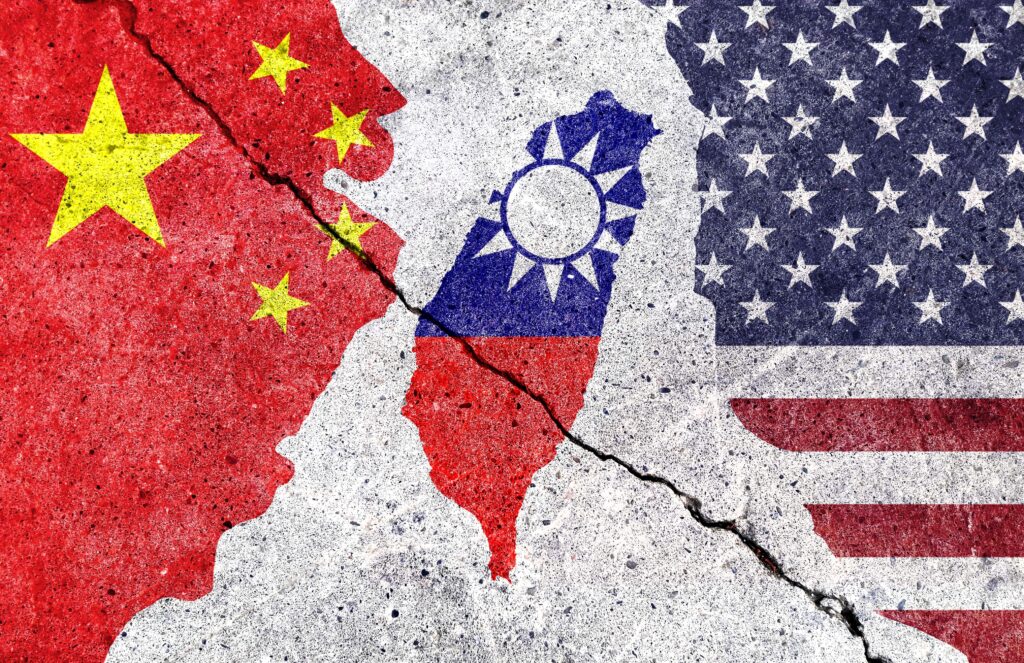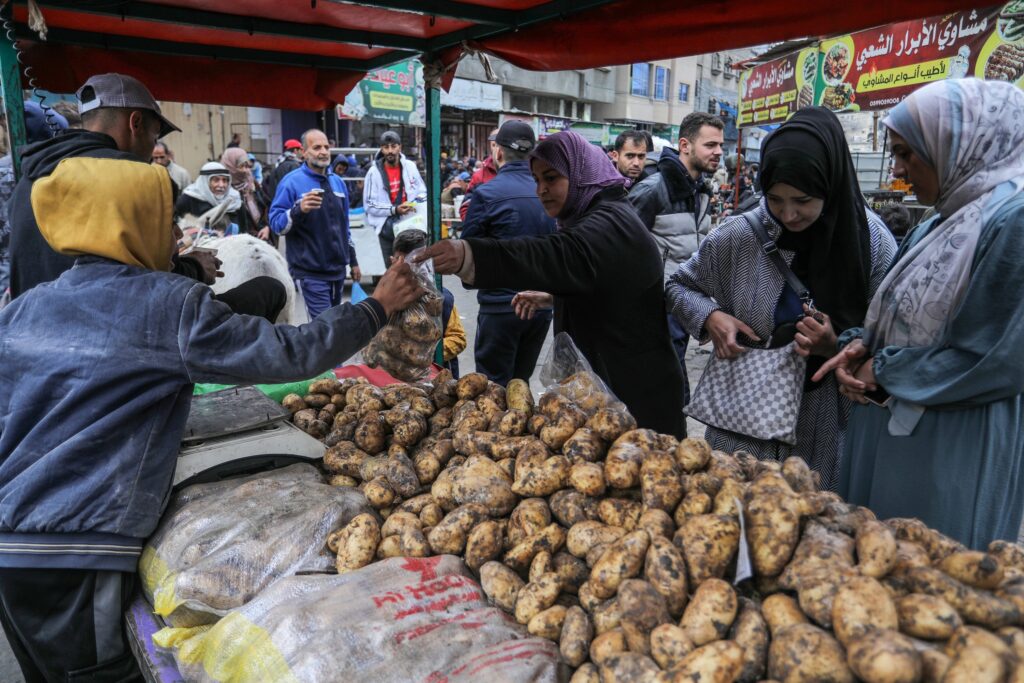By Peter Yeo, President of the Better World Campaign
When I arrived in Kabul last month, the city moved with deceptive normalcy. Street vendors sold fruit. Children walked to school. Teenagers played cricket in a dusty lot. But beneath that calm, the fear was unmistakable — and the stories I heard revealed just how deep the crisis runs.
One Afghan doctor told me she heard screams from a neighboring apartment. When she rushed over, she found a teenage bride being physically restrained. Her offense? She wanted to buy an ice cream down the street. Her father-in-law warned that if the Taliban’s morality police caught her walking alone, he wouldn’t protect here.
That chilling moment captures what life under Taliban rule looks like today. And it points to a broader crisis with serious consequences, not just for Afghans, but for the United States.
The U.S. has spent more than 20 years trying to stabilize Afghanistan — at enormous cost. Over 2,200 U.S. service members have lost their lives. Another 20,000 wounded.
Now, the Trump Administration’s action to cut $560 million in humanitarian assistance risks unraveling the hard-won gains. The proposed FY 2026 federal budget eliminates the Economic Support Fund (ESF) for Afghanistan — a key source of aid for food, education, infrastructure and livelihoods. It also includes no dedicated humanitarian or civilian assistance.
These cuts threaten regional stability, cede ground to adversaries and abandon Afghans at their most vulnerable.
An Unraveling Tragedy
The stakes are already high. According to the United Nations, at least 23 million Afghans — half the country — rely on humanitarian aid for survival. That includes 3.5 million malnourished children and more than a million women in need of nutrition support.
But funding cuts are drying up the supply chain for lifesaving interventions. UNICEF recently warned that stocks of Ready-to-Use Therapeutic Food (RUTF) — a peanut-based treatment made in Rhode Island that brings starving children back from the brink — are dangerously low.
Meanwhile, neighboring countries are pushing Afghan refugees back across the border. Many are stripped of their belongings and documents upon arrival. In 2025 alone, up to two million people are expected to return — 20% of them children. That’s not just a humanitarian disaster — it’s a destabilizing force for the entire region.
Afghanistan sits at the crossroads of a volatile neighborhood flanked by nuclear-armed India and Pakistan. When the country descends into deeper poverty and unrest, the consequences don’t stay within its borders. They ripple outward — through mass migration, extremism, trafficking and strategic power vacuums.
When the U.S. Leaves, Others Step In
For decades, U.S. foreign assistance has served as a powerful tool to save lives, prevent conflict and project American leadership. Humanitarian aid is one of the most effective ways to achieve all three.
But when we pull back, others move in. China is already cutting infrastructure and mining deals with the Taliban. Iran is expanding influence in the country’s west. Russia is rebuilding diplomatic channels. The vacuum left by the U.S. is being filled — fast.
Meanwhile, a stable Afghanistan could offer long-term economic opportunity. The country holds vast untapped reserves of critical minerals and peaceful development would open new markets for American goods, including agriculture and clean energy technology.
Women and Girls Pay the Price
Of all the consequences, the most painful are borne by women and girls.
Since the Taliban’s return to power, girls have been banned from school beyond the sixth grade. Mental health experts in Kabul report rising suicide rates and an increase in child marriage. One clinician told me the most chilling trend isn’t Taliban brutality — it’s families starting to quietly accept it.
The Taliban’s ban on midwife training has also pushed Afghanistan’s maternal mortality rate to among the highest in the world. Women are dying in childbirth for lack of basic care. And yet, in some of the country’s most remote provinces, UN Population Fund (UNFPA) helplines are still guiding midwives through emergency deliveries by phone.
These are the very programs facing the chopping block.
Aid Is Still Reaching People
Despite Taliban restrictions, humanitarian organizations are making an impact.
The UN Development Programme (UNDP) is helping farmers replace lost opium income with sustainable crops and improved irrigation. UNICEF is producing nutrient-rich food locally for children under two. UNFPA is funding psychosocial support centers for girls forced out of school and emergency services for pregnant women.
These efforts are effective. They’re ongoing. What they lack is consistent U.S. backing.
This Isn’t Charity — It’s Smart Policy
Foreign aid makes up just over 1% of the federal budget. The share for Afghanistan? Barely a fraction. But that small investment delivers big returns: lives saved, terrorism contained and strategic alliances forged.
The Trump Administration has the power, partners and platform to lead. Turning our backs now would be a costly retreat.
Afghan lives — and America’s leadership — hang in the balance.
